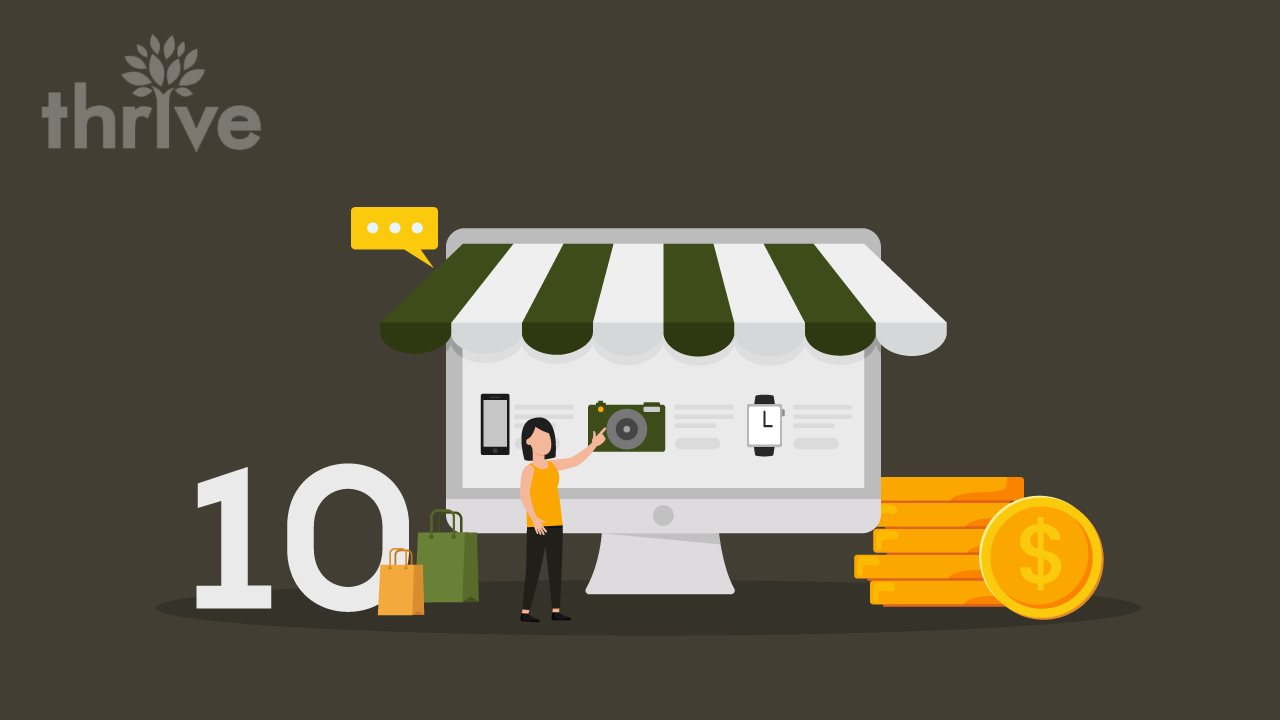Introduction
When it comes to running a successful e-commerce website, providing a seamless and enjoyable user experience is crucial. A positive user experience not only encourages visitors to stay longer on your site but also increases the likelihood of them making a purchase. In this blog post, we will explore some effective strategies to enhance the user experience on your e-commerce website, ultimately leading to improved customer satisfaction and increased conversions.
1. Clear and Intuitive Navigation
One of the key elements in enhancing user experience on your e-commerce website is to provide clear and intuitive navigation. Users should be able to easily find what they are looking for without any confusion. Use a well-organized menu structure and include search functionality to help users navigate through your website effortlessly.
2. Mobile-Friendly Design
In today’s mobile-driven world, it is crucial to have a mobile-friendly design for your e-commerce website. Optimize your website for different screen sizes and ensure that it is responsive. This will not only improve user experience but also boost your search engine rankings.
3. Fast Loading Speed
Slow loading speed can be a major turn-off for users. Make sure your e-commerce website loads quickly to provide a seamless browsing experience. Optimize images, minimize HTTP requests, and leverage browser caching to improve loading speed.
4. High-Quality Product Images
When it comes to e-commerce, visuals play a crucial role in attracting and engaging users. Use high-quality product images that showcase your products from different angles. Allow users to zoom in and provide multiple images to give them a better understanding of the product.
5. Detailed Product Descriptions
Along with high-quality images, provide detailed product descriptions that highlight the key features and benefits. Use clear and concise language, bullet points, and headings to make it easy for users to scan through the information. This will help users make informed purchasing decisions.
6. Streamlined Checkout Process

A complicated and lengthy checkout process can lead to cart abandonment. Streamline your checkout process by minimizing the number of steps and asking for only essential information. Provide clear instructions and progress indicators to guide users through the process.
7. Personalized Recommendations
Enhance user experience by offering personalized product recommendations based on their browsing and purchase history. Use algorithms to suggest related products or items frequently bought together. This can help users discover new products and increase their engagement on your website.
8. Customer Reviews and Ratings
Include customer reviews and ratings for your products to build trust.
Summary
Creating an exceptional user experience on your e-commerce website is essential for driving customer engagement and boosting sales. By implementing the following strategies, you can enhance the overall user experience:
- Optimize website speed and performance to minimize loading times and improve navigation.
- Ensure your website is mobile-friendly and responsive to cater to the growing number of mobile users.
- Simplify the checkout process by minimizing steps and offering guest checkout options.
- Implement intuitive navigation and search functionalities to help users find products easily.
- Provide high-quality product images and detailed descriptions to assist customers in making informed purchasing decisions.
- Offer personalized recommendations and tailored product suggestions based on user preferences and browsing history.
- Integrate customer reviews and ratings to build trust and credibility.
- Implement a secure and user-friendly payment gateway to ensure a smooth transaction process.
- Utilize social media integration and live chat support to enhance customer engagement and provide real-time assistance.
By focusing on improving the user experience on your e-commerce website, you can create a positive impression on your customers, increase customer loyalty, and ulti click for more info mately drive more sales.
- Q: How can I enhance the user experience on my e-commerce website?
- A: There are several ways to enhance the user experience on your e-commerce website. Some effective strategies include improving website navigation, optimizing site speed, providing detailed product information, offering personalized recommendations, simplifying the checkout process, and implementing responsive design for mobile users.
- Q: Why is website navigation important for user experience?
- A: Website navigation is crucial for user experience as it helps visitors easily find the information or products they are looking for. Clear and intuitive navigation menus, search functionality, and well-organized categories can significantly improve user satisfaction and reduce frustration.
- Q: How can I optimize the speed of my e-commerce website?
- A: To optimize the speed of your e-commerce website, you can minimize HTTP requests, compress images, enable browser caching, use a content delivery network (CDN), and optimize your code and scripts. Additionally, choosing a reliable hosting provider and regularly monitoring your website’s performance can help ensure fast loading times.
- Q: Why is detailed product information important for user experience?
- A: Detailed product information is essential for user experience as it helps customers make informed purchasing decisions. Providing accurate and comprehensive descriptions, high-quality images, customer reviews, and specifications can build trust, reduce returns, and increase customer satisfaction.
- Q: How can personalized recommendations benefit my e-commerce website?
- A: Personalized recommendations can enhance the user experience on your e-commerce website by offering relevant product suggestions based on a customer’s browsing and purchase history. This can increase engagement, cross-selling, and upselling opportunities, ultimately leading to higher conversion rates and customer loyalty.
- Q: What are some ways to simplify the checkout process?
- A: Simplifying the checkout process is crucial for a seamless user experience. You can achieve this by implementing a guest checkout option, minimizing the number of form fields, offering multiple payment options, providing clear progress indicators, and ensuring a secure and trustworthy payment gateway.
- Q: Why is responsive design important for mobile users?
- A: Responsive design is important for mobile users as it ensures that your e-commerce website



